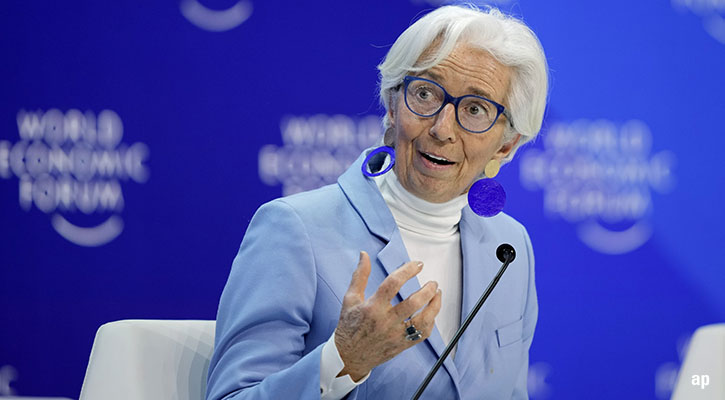Sarah Bush: Hello, I'm Sarah Bush with Morningstar. I'm at the Morningstar Investment Conference today with Elaine Stokes, who's a manager on Loomis Sayles Bond, among others.
I'm very excited to have you Elaine, thanks for joining us.
Elaine Stokes: Thanks for having me.
Bush: Elaine and I were just on the bond-pickers panel. Elaine, I thought maybe you could start off by sharing your key takeaway from the conversation that we just had.
Stokes: Honestly, the takeaway was that, oh my god, we all agreed. We agreed a little more than I expected. We all agreed that we're late cycle, we all agreed that short rates really have moved a lot and created some value. But we also all agreed that we're starting to see some vulnerabilities building into the marketplace.
Bush: What would you highlight as some of those vulnerabilities? I think one that you mentioned and several others did, just the explosion of BBB debt in the market today.
Stokes: Yeah, it's really interesting, the borrowing we're seeing. The high-yield market is shrinking, yet bank loans have really grown and so hasn't the BBB portion of the market, and I think that's going to be very interesting come the next cycle. We don't expect to see that recession and I think we all agreed on this, for another 12 to 18 months, maybe even longer. But when that does happen, it'll be interesting to see that onslaught of BBB's that are probably going to become high yield.
That's quite different than a marketplace in the last cycle, or in cycles past, where we had really more equally weighted AA, A, BBB. This will be a new phenomenon, and I think it's really going to create a lot of opportunity in high yield.
Bush: I wanted to talk a little bit, against that backdrop, we're late in the credit cycle, about where you are in fact finding opportunities in the portfolio. One observation I made when we were talking on the panel was that, Loomis Sayles Bond has a pretty large chunk, I think it's about 30% in cash and short-term Treasuries, but also a significant allocation to high yield. How do you put all that together to get to the portfolio you have today?
Stokes: What we think it's important to have right now is liquidity and yield. So we've married that. We have about 30% of the portfolio in short Treasuries, and now some short credit, where we have seen some opportunity, as well as in high yield. But what we're doing in high yield is being somewhat defensive. We're buying high yield, but we're buying in those 30% of the industries in the marketplace that are still in recovery. That's energy, that's finance. We're also buying companies that have real asset value. Companies that have something to sell if things go poorly.
The other thing we're doing is really moving up in the capital structure. It's very unlike us, usually, if we like an area, we're going to go for the most bang for your buck. But this is not the time. We're not getting paid to that right now. We're not getting paid to be in the subordinated debt, or to be in the CCC company, so we're moving up in the capital structure, we're buying the first lien, second lien, something that has some value to it.
Bush: We also talked a little bit about how there's been some disruption in the market, or just the market's been selling off. It had a spike in rates, corporate bonds have been suffering loses. Are there any particular opportunities over the last four or five months, things that weren't attractive before that are looking a little bit more attractive today, given that volatility?
Stokes: Actually there are. First of all, we had the correction in the equity market. That was really where it all began, at the beginning of the year we had a correction in the equity market, and that created some opportunities in convertible bonds. Specifically in technology, bio-tech, pharma--there were some disruptions and it allowed us to add on to names that we already owned, already liked, and increase positions in the portfolio. And we're taking volatility as an opportunity to do that.
We are watching closely, emerging markets, but haven't jumped in yet. I think that we need to really see how things play out with the Fed tomorrow, I believe, and see if things do calm down there, but we're starting to see value being created. You look at a country like Brazil, with 8% real yields. That's twice what you can get in a lot of other countries. That's a big real yield. We're really looking across that space and trying to identify the countries that are not going to be overly hurt by higher rates in the U.S., by somewhat slower growth, and that can withstand that type of pressure.
Bush: Great. Well, thank you very much for joining me today, Elaine.
Stokes: Thank you.










.jpg)









